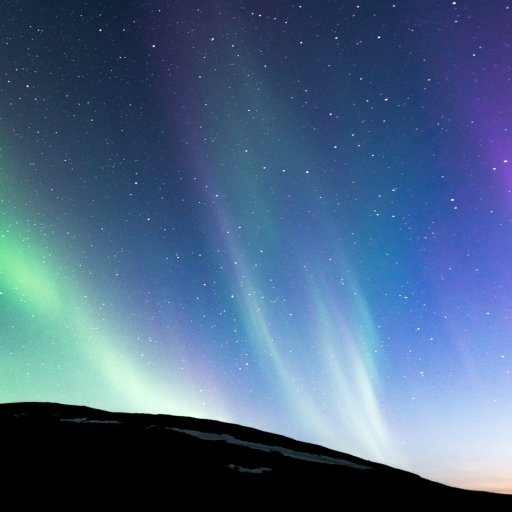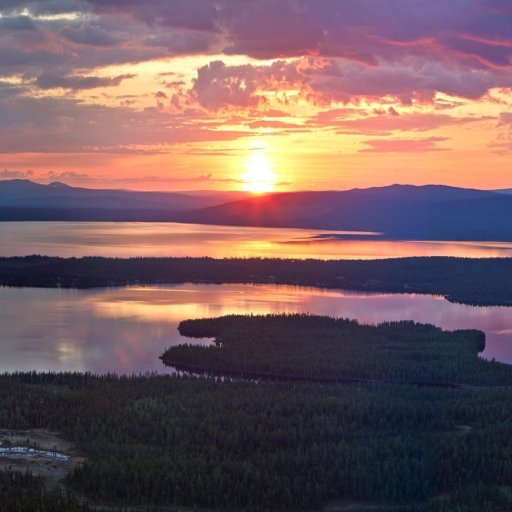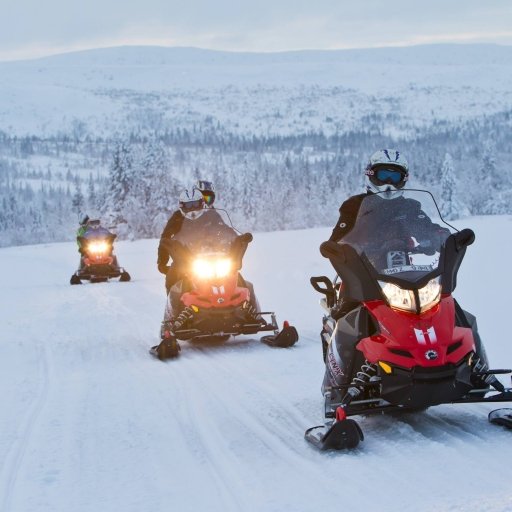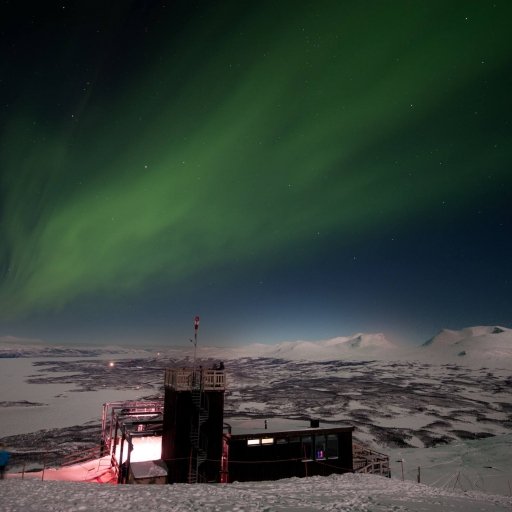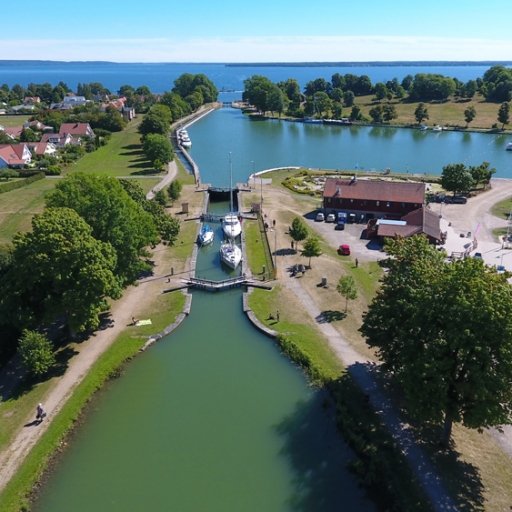Weather in Sweden
A lot of people believe Sweden has very low temperatures, but because of the warm Gulf Stream, the climate is milder than to expect in Sweden.
The climate in Sweden is difficult to classify because temperatures, influenced by the Gulf Stream, vary considerably from the fields of Skåne to the Arctic Circle wilderness of Lapland.
Summer in Sweden
You will find June, July and August the busiest months for travelling to Stockholm and the country's southern parts. July is the warmest month, with temperatures in both Stockholm and Gothenburg averaging around 64°F (18°C). Notably, May through June and the month of September, are almost prettier than the Swedish summers. When spring comes to the Swedish countryside, wildflowers bloom after a long dark winter.
It's not always true that the farther north you go, the cooler it becomes. During summer, the country's northern parts, from Halsingland to the north of Lapland, may suddenly have the warmest weather and the bluest skies. Check the weather forecasts on television and in the newspapers.
There is barely any night darkness during June and July; thousands flock to the north of Sweden to enjoy the Midnight Sun. Concerning daylight outdoor activities and open-air attractions, therefore, are recommended during the summer. During May and September, some of the activities and attractions in the countryside have more limited opening hours, but these months are still ideal for city breaks or self-drive tours.
Winter in Sweden
The cold weather sets in by October, and you'll need to keep bundled up heavily until long past April. Above the Arctic Circle, winter can be crisp and invigorating with low temperatures. In the south of the country, winter is mild, and February is the coldest month when the temperature in Stockholm averages around 26°F (-3°C). Gothenburg is a few degrees warmer.
An interesting phenomenon in Sweden is the seasonal change in the length of day and night. In midwinter, darkness prevails. Those dark days and nights are a Nordic phenomenon called "The Polar Nights". December to March is the best time to visit Swedish Lapland. Here you will find a lot of snow, and the chance to view the famous sightings of the Northern Light. It`s also the time when the ICEHOTEL is open, and the many adventures like skiing, snowmobile and husky tours operate daily.
Seasons and climate
Most people think of winter when they hear of Sweden. But because of the warm Gulf Stream, the climate here can be much milder than expected. Spring, summer, fall and winter each have their unique personalities. Spring runs from March/April to May, summer from June to August, fall from September to October/November and winter from November/December to March/February.
In a land as varied as Sweden, these seasons can differ depending on where you live. For simplicity’s sake, the country can be divided into three major regions: Götaland in the south, Svealand in the middle and Norrland in the north.
In Götaland, where you’ll find the cities Gothenburg and Malmö, winters are shorter and milder, while daytime summer temperatures typically range from 15 to 25 degrees Celsius. The air is relatively humid here, making warm days feel warmer and cold days colder. However, even in winter, snow is rare near any southern coast.
Stretching from Stockholm in the east to Southern Norway in the west, Svealand's climate is usually a few degrees cooler than that of Götaland. Average temperatures are just below zero in January, and snowfall is more common – especially in the northwest, where some popular ski resorts are located.
Although relatively few people live here, Norrland has a climate many people falsely associate with all of Sweden. Winters here are long, cold and dry, with sub-zero temperatures lasting several months. There is also much more snow here. Summers may be short, but temperatures are often a comfortable 15 degrees, with occasional peaks of up to 30 degrees.
See also: What to pack for visiting Sweden

What to see and do in Sweden
Sweden has beautiful countryside, a rugged coastline, beautiful archipelagoes, wondrous cities, and marvellous cuisine. You can in winter discover the Northern Lights in parts of Sweden, and the Midnight sun in summer,
Going north, you can visit the Sami people and experience nomadic life and wildlife, including reindeer.
Stockholm, the capital, and Gothenburg and Malmö are major cities in Sweden.
Summer topics in Sweden
Archipelagoes in Sweden
Astrid Lindgren`s World Amusement Park
Gothenburg
Winter topics in Sweden
Jukkasjarvi Ice hotel
Kiruna
Swedish Lapland
See more:
